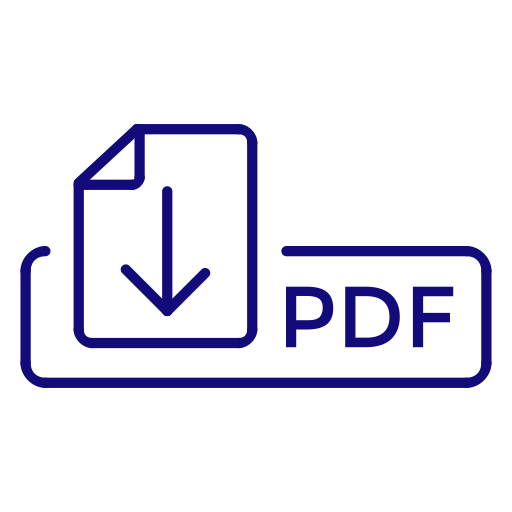

Çığrı E., Çatan İnan F., Gülten S., Bildirici M. A., Gökkaya A. E., Asıleren M., ...Daha Fazla
CHILDREN (BASEL), cilt.12, sa.11, ss.1439-1449, 2025 (SCI-Expanded)
-
Yayın Türü:
Makale / Tam Makale
-
Cilt numarası:
12
Sayı:
11
-
Basım Tarihi:
2025
-
Doi Numarası:
10.3390/children12111439
-
Dergi Adı:
CHILDREN (BASEL)
-
Derginin Tarandığı İndeksler:
Scopus, Science Citation Index Expanded (SCI-EXPANDED), CINAHL, Directory of Open Access Journals
-
Sayfa Sayıları:
ss.1439-1449
-
Açık Arşiv Koleksiyonu:
AVESİS Açık Erişim Koleksiyonu
-
Bilecik Şeyh Edebali Üniversitesi Adresli:
Evet
Özet
Abstract
Aim: This current research aims to determine the predictive value of the ratio of triglyceride (TG)/high-density lipoprotein cholesterol (HDL-C), index of triglyceride–glucose (TyG), homeostatic model assessment for insulin resistance (HOMA-IR) score, and anthropometric measurements at the onset of non-alcoholic fatty liver disease (NAFLD) in obese kids and juveniles. It also sought to assess how novel cardiovascular risk markers are affected in obese pediatric patients with NAFLD. Materials and Methods: Between November 2024 and May 2025, a total of 199 pediatric patients were prospectively evaluated, including 150 children with obesity and 49 entirely healthy controls. Two categories of obese patients were created based on whether or not they had non-alcoholic fatty liver disease. These groups were compared with each other and with the control group in terms of HOMA-IR score, index of TyG, ratio of TG/HDL-C, anthropometric parameters (percentage of body fat [BFP], index of body mass [BMI], body fat mass [BFM], waist circumference [WC]), and cardiovascular risk markers. The cutoff values, sensitivity, and specificity of the HOMA-IR score, ratio of TG/HDL-C, anthropometric measurements, and index of TyG in predicting NAFLD were assessed using Receiver Operating Characteristic (ROC) analysis. Results: Obese kids and juveniles with NAFLD had significantly higher TG/HDL-C ratios, TyG indices, HOMA-IR scores, anthropometric measurements, and cardiovascular risk markers than those without NAFLD (p < 0.001). The TG/HDL-C ratio (AUC: 0.936; 81.8% sensitivity, 95.9% specificity) and the TyG index (AUC: 0.912; 81.8% sensitivity, 91.8% specificity) showed strong predictive value for NAFLD, while HOMA-IR and WC were found to be relatively weaker predictors. Conclusions: The index of TyG and ratio of TG/HDL-C are highly effective parameters in predicting NAFLD development in obese kids and juveniles. Those with increased WC and BFP should be closely monitored for NAFLD development. Pediatric patients with NAFLD should be carefully followed up for potential cardiovascular diseases.